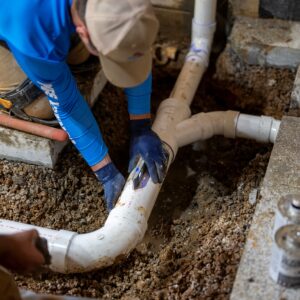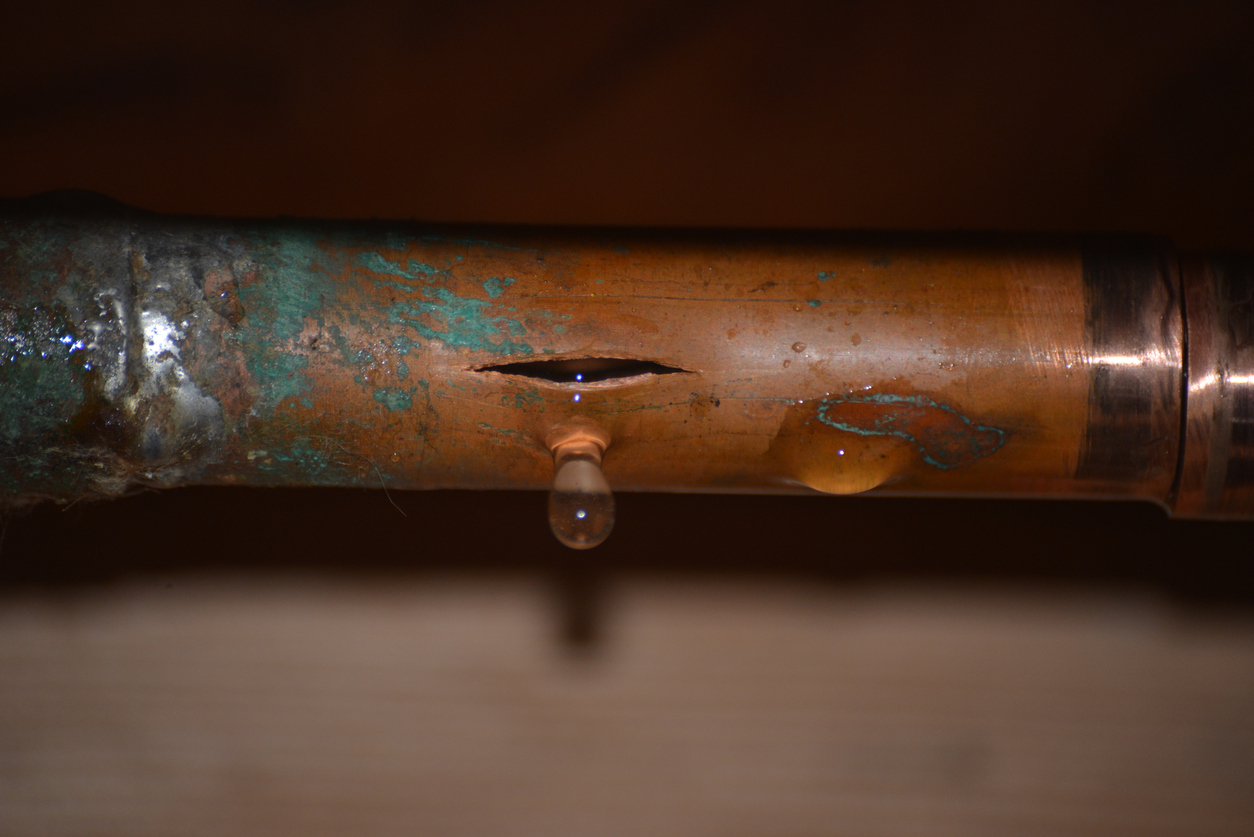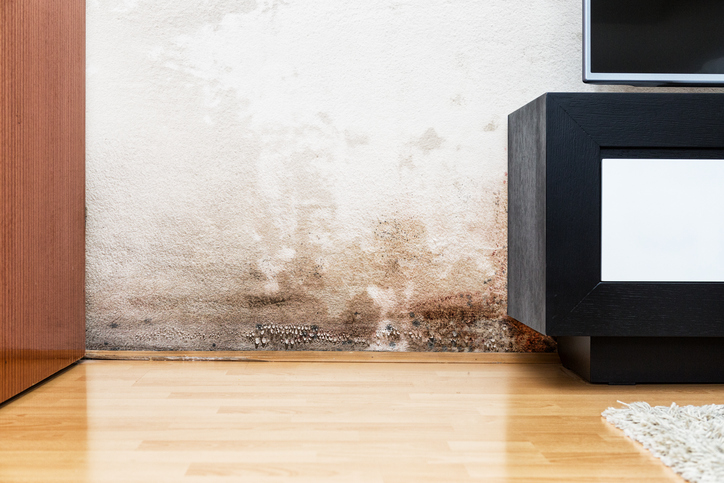Slab Leak Repair: From Detection to Correction
You may be confused by the term slab leak. In construction terminology, a slab is the large concrete floor in your home. The slab is not leaking — a water pipe beneath the slab is leaking. The construction and insurance industries call this seepage of water a slab leak. Identifying any leaks and completing a slab leak repair before they cause severe damage to your home is important.
How To Recognize a Slab Leak
- Are there cracks in the flooring or walls?
- Do you still hear the sound of running water, even after checking to ensure all faucets and other water outlets are turned off?
- Do your carpets feel wet? Is there mildew, mold, or an unpleasant smell?
- Have your water bills suddenly increased? This could mean a leak under a slab or in the wall. Either location demands immediate attention.
- Is there an unusual warm or hot spot on the floor? This could indicate a leak in your hot water line.
Once you have identified the signs of a slab leak, a licensed plumber should be called. Slab leaks can be costly when done correctly, but if done incorrectly, they can skyrocket in price and compromise other areas of your home. Once your plumber has arrived, they will take the following course of action to find the leak and make repairs.
How To Pinpoint the Slab Leak’s Location
The first step is typically a visual inspection:
- Look for signs of water under carpeting, beneath cabinets, and along baseboards.
- Look for cracks or buckling in walls or floors.
- Inspect for any hot or warm spots on the floor.
- Watch your water meter for movement when faucets are turned off. Write down the meter reading, then return an hour later and re-check the reading. If there has been significant water usage during this time, you may have a leak.
- Conduct a pressure test on the entire water system.
- Utilize electronic amplification equipment to conduct what is called an acoustic survey. This equipment is calibrated to hear the sounds of a leak, and by “listening” at each faucet, it is possible to start pinpointing the leak.
- Electromagnetic pipeline locators generate a specific signal to trace copper piping and provide a spot to begin slab leak repair.
What Is the Slab Leak Repair Process?
- Apply an epoxy coating to the inside of the pipes. This works well for pipes with a series of small leaks and is the least disruptive method of slab leak repair. Only two access points are required, one on each side of the leak.
- Remove a portion of the slab at the leak’s location and repair the pipe. This spot repair is often the most effective method for newer homes.
- Replacing, repiping, or rerouting the entire line is another method for slab leak repair. For older plumbing systems or those with persistent leaks, this is often the best solution and the one insurance companies seem to favor.
- Another method of slab leak repair is to break out the entire slab and replace the pipes. This requires the jackhammering and removal of the concrete floor. This is typically used as a last resort for slab leak repair because it is disruptive, expensive, messy — and noisy!
Also referred to as foundation leaks and concrete slab leaks, any water leak below your flooring can result in serious damage. A slab leak can cause your home’s foundation to move, heave or crack. It can ruin carpets and furniture, entice the growth of mold and mildew, and substantially increase your water bills. It is important to identify, locate, and complete slab leak repair before it can cause serious damage – and when detected early, you may be able to avoid the cost and inconvenience of having the entire concrete slab broken out.
If you suspect you have a slab leak or have identified one of these slab leak symptoms, contact Leak Geeks Plumbing today! Contact us online to request service or call 817-431-8929 for immediate attention in the Fort Worth area.
Why Choose Leak Geeks Plumbing?
Got Leaks? Get the Geeks!
At Leak Geeks Plumbing, we guarantee prompt and reliable service for all your plumbing needs. Our team of experienced technicians is committed to providing you with the best possible service, and we stand behind our work with a satisfaction guarantee. Some of the benefits of choosing Leak Geeks Plumbing include:
- Upfront pricing with no hidden fees.
- All work is performed by trained, licensed, and insured professional plumbers.
- Uniformed, courteous, and informed plumbing service technicians.
- State-of-the-art equipment and technology.
- Guaranteed workmanship quality for all plumbing repair and installation services
- We leave no mess behind.















